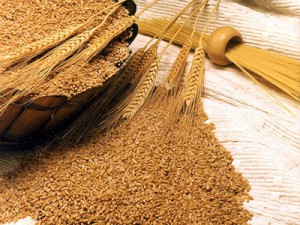About the benefits of granulated food

About the benefits of granulated food
What is the difference between conventional feed and granulated?
Let's look at what granules are.
The form
Granules are pressed elements of a cylindrical shape, each granule being identical in shape and content.
The feed mixture has elements of different shape and structure.
Over time, animals learn to isolate from the feed mixture those components that they like most to taste, thanks to their special form and structure, and the rest into waste.
With the granules, however, this phenomenon does not occur, each pellet is identical in composition and the animal will not have to eat all the pods.
Waste
Therefore, there is practically no waste during feeding with a granulated fodder.
Composition
As mentioned before, each pellet has the same composition and the animals receive all the nutrients they need. Pellets are quite strong and animals can not choose only their preferred food. In addition, the pellets are strongly compressed, which contributes to the greater capacity of the granules, and accordingly, the animals also receive more food.
The mixture does not have such properties.
Security
Granules have a better preservation than the feed mix, since more than 95% of the pathogenic fungi are killed in granulation, and in addition the granules are not so afraid of moisture.
And so granulated mixed fodders have a number of advantages over loose fodder.
In addition, you can pellet feed and yourself if you buy a feed pelletizer.
In such cases, you decide what components of your pellets, and you can add to the composition of pellets necessary for your animals, vitamins and supplements.
You can granulate not only the feed mix, but also the crop you have grown (crushed cereals, lucerne, etc.), as well as various wastes (makuhu, processing waste of millet, peolov, etc.)
And so we considered the advantages of granulated mixed fodders, but only you to make your choice in favor of one or another method of feeding your farm.
